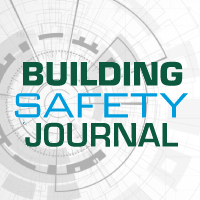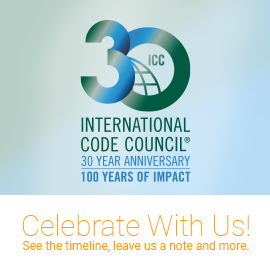
Are we prepared for the ‘Big One’?
In recent decades, California has built infrastructure keeping in mind its shaky history
Inside the Center for Geotechnical Modeling at UC Davis, a 9-meter-long centrifuge can spin a bucket, with a weight limit of 4,500 kilograms, at an acceleration of 75 times the force of gravity. Simultaneously, a shaking table below the setup replicates intense and prolonged earthquakes.
This geotechnical centrifuge offers one way for researchers to experimentally study earthquake impact. “Our challenge is deciding how real infrastructure responds,” said Ross Boulanger, a professor in the Department of Civil and Environmental Engineering and the director of the Center for Geotechnical Modeling. Funded through the National Science Foundation, the centrifuge facility is part of the Natural Hazards Engineering Research Infrastructure shared-use network, welcoming researchers from across the nation.
California is experienced when it comes to earthquakes. In recent decades, the state has built infrastructure keeping in mind its shaky history. Despite improved building standards, preparedness for “the big one” — and other earthquakes — depends on efforts, responses and recovery on a communitywide scale.
Read more at UC Davis Magazine





